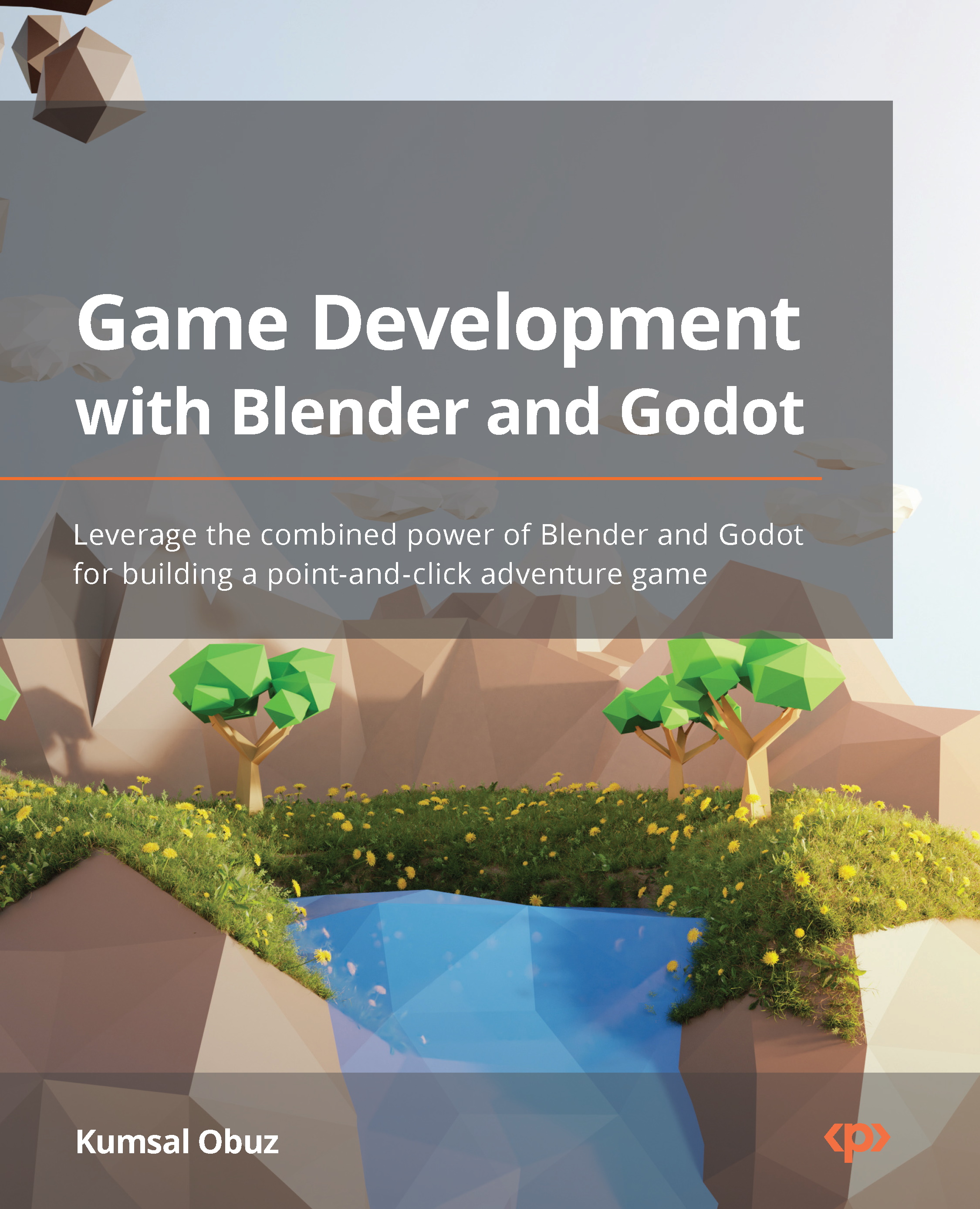Understanding the readiness of models
In Chapter 1, Creating Low-Poly Models, we started with primitive objects and altered their vertices, faces, and edges. During that process, we were concerned with how the model would look. As corny as it may sound, looks might be misleading sometimes. To be animated correctly, a model has to respect certain conventions other than how it looks. In other words, you’ve got to be sure whether your model is ready.
Topology and rigging
The readiness level of a model could be defined by the term topology, which sounds a bit technical. In layman’s terms, it’s the distribution and arrangement of the vertices, edges, and faces of a model that altogether mark how optimized the model is for animation.
Not all topologies are created equal. There are bad and good topologies. Let’s look at Figure 5.1 to get a better idea about what we mean by topology or distribution, particularly as being bad or good.


























































